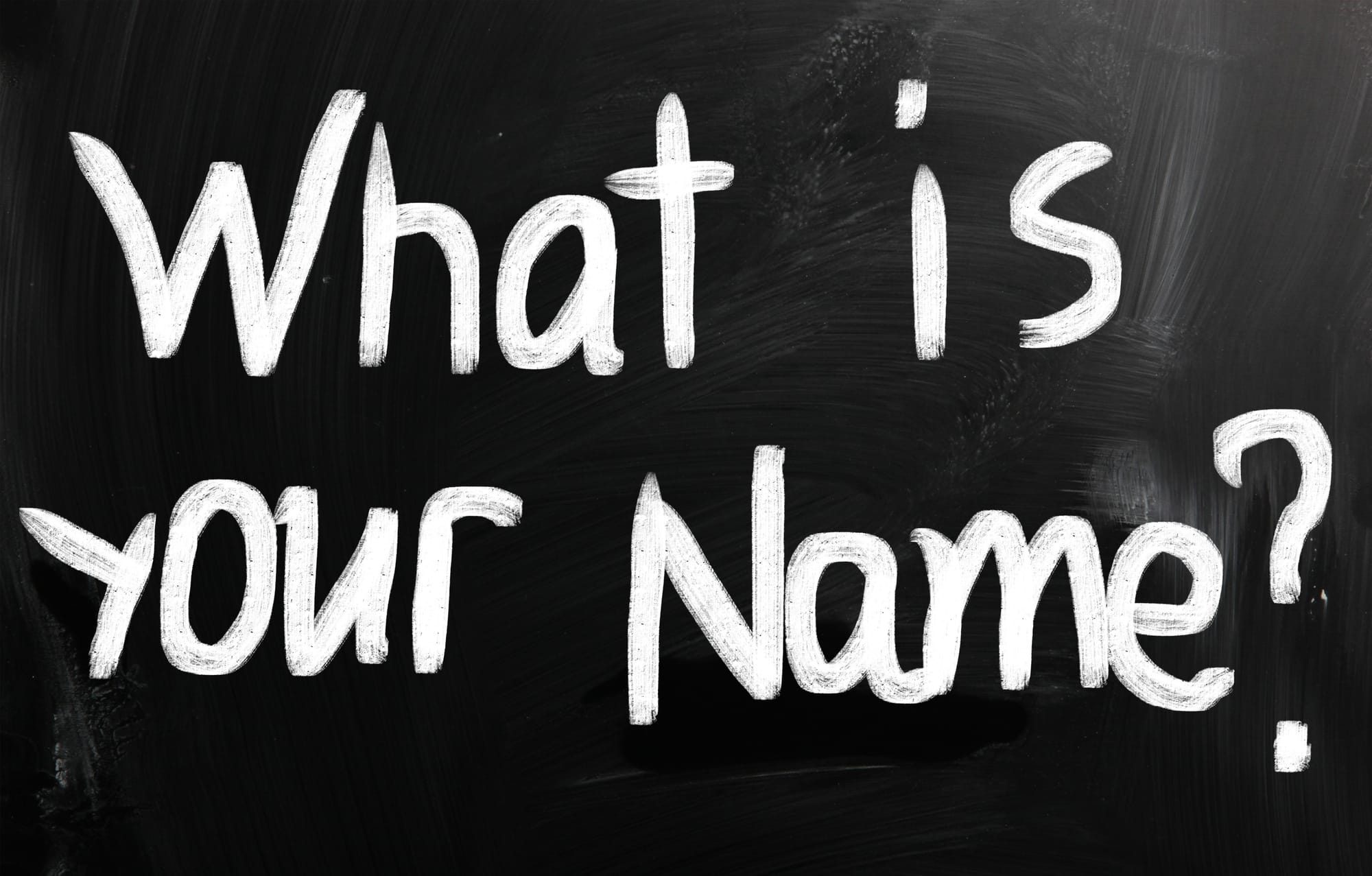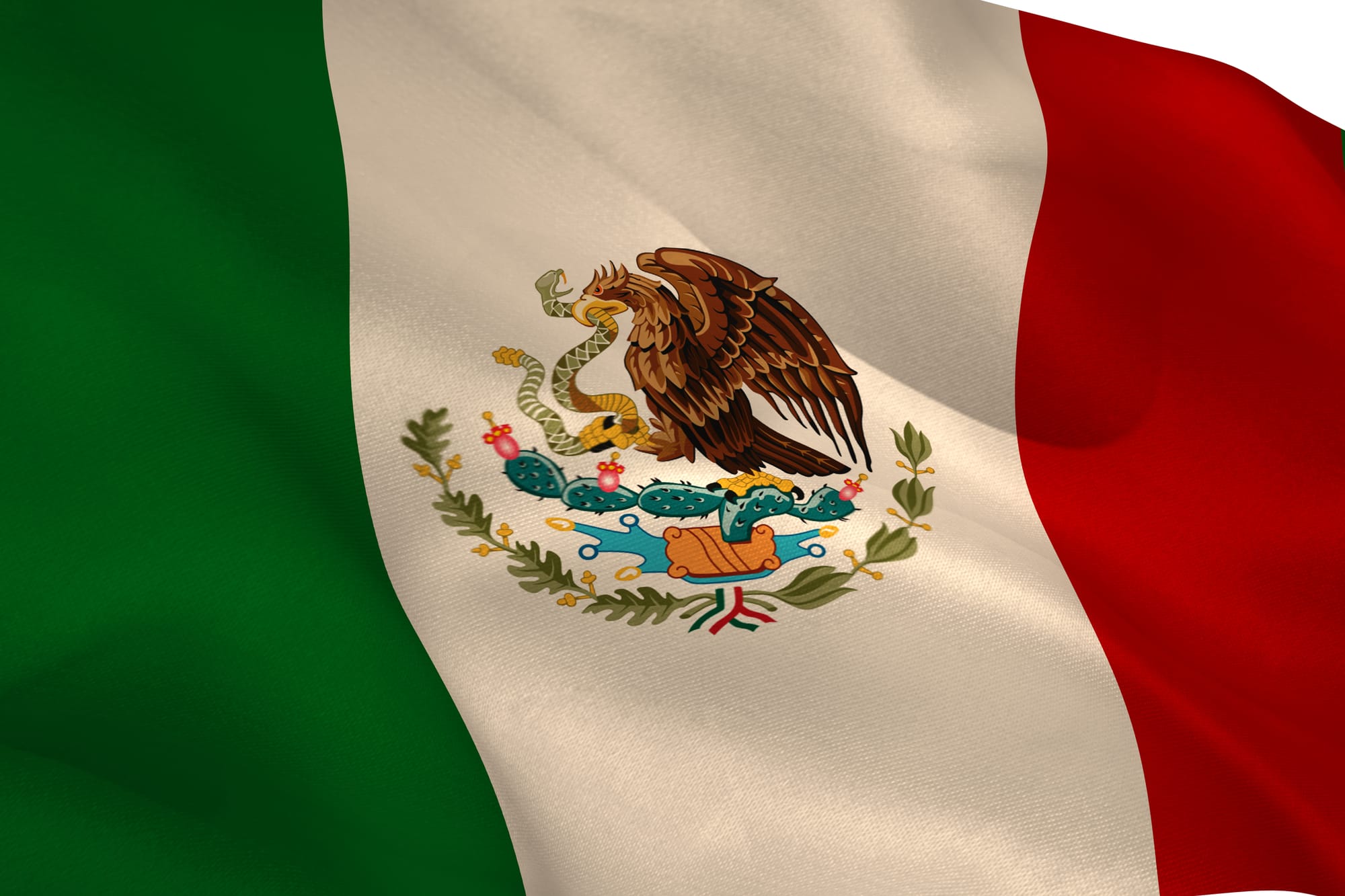Start Speaking Spanish: Basic Introductions for Beginners
• public
Hey there, language enthusiast! Whether you're just starting your Spanish learning adventure or you've been on this exciting journey for a while, being able to introduce yourself confidently is an essential skill. It's the foundation upon which you'll build countless conversations and connections with Spanish speakers around the world.
In this blog post, we'll be focusing on some essential phrases that will help you confidently introduce yourself in Spanish. We'll cover how to share your name, age, nationality, and occupation – all the basics you need to start building relationships with your Spanish-speaking amigos!
Learning a language can feel overwhelming at times, but don't worry. We'll take it step by step, and I'll be here to guide you along the way. Remember, every language learner has room for growth and improvement, and by reading this post, you're already taking a proactive step in enhancing your Spanish communication skills.
So, let's dive in and discover how to introduce yourself in Spanish like a pro! By the end of this article, you'll be equipped with the language tools you need to confidently say "¡Hola! Me llamo..." and share a little bit about yourself. Get ready to impress your Spanish-speaking friends with your polished self-introduction skills!

Tell Someone Your Name in Spanish
When meeting someone new, one of the first things you'll want to do is introduce yourself by sharing your name. In Spanish, this is a straightforward process, and with a couple of key phrases, you'll be well on your way to making new acquaintances.
My Name Is....
The most common way to say "My name is..." in Spanish is by using the phrase "Me llamo..." It's a friendly and informal way to introduce yourself, perfect for most social situations. Here are a couple of examples:
- "Me llamo Juan." (My name is Juan.)
- "Me llamo Maria." (My name is Maria.)
See? It's that simple! Just remember to say "Me llamo" followed by your name, and you're all set.
What's Your Name?
Now that you know how to introduce yourself, you might be wondering how to ask for someone else's name. It's just as easy! You can use the phrase "¿Cómo te llamas?" which means "What's your name?" Here's a quick example of how a typical exchange might go:
- Person A: "¿Cómo te llamas?" (What's your name?)
- Person B: "Me llamo Ana." (My name is Ana.)
- Person A: "Mucho gusto, Ana. Me llamo Luis." (Nice to meet you, Ana. My name is Luis.)
By using these simple phrases, you'll be able to confidently introduce yourself and ask for others' names in Spanish. Pretty cool, right? In the next section, we'll explore how to talk about your age. Get ready to learn some numbers!

Let's Talk About Age in Spanish
Now that you've mastered introducing yourself by name, let's dive into talking about your age. It's a common topic that often comes up in conversations, especially when getting to know someone new. In Spanish, expressing your age is straightforward and only requires a few key phrases.
I am ... years old.
To express your age in Spanish, you'll use the phrase "Tengo ... años," which translates to "I am ... years old." Here are a couple of examples:
- "Tengo 20 años." (I am 20 years old.)
- "Tengo 35 años." (I am 35 years old.)
Notice that the word "años" (years) always comes after the number. It's a small detail, but it's important to remember for constructing the phrase correctly.
How Old are You?
Just as you might want to share your own age, you may also find yourself curious about someone else's age. To ask someone how old they are in Spanish, you can use the phrase "¿Cuántos años tienes?" which means "How old are you?" Here's a sample dialogue:
- Person A: "¿Cuántos años tienes?" (How old are you?)
- Person B: "Tengo 25 años." (I am 25 years old.)
- Person A: "Ah, yo tengo 28 años." (Ah, I am 28 years old.)
Remember, when asking about someone's age, it's essential to be respectful and considerate. In some cultures, asking about age directly might be considered impolite, so it's always best to use your judgment and err on the side of caution.
With these phrases in your language toolkit, you'll be able to confidently share your age and inquire about others' ages in Spanish. In the next section, we'll explore how to discuss your nationality. Get ready to learn about different countries and cultures!

Talk About Nationality in Spanish
Sharing your nationality is a great way to connect with others and learn about different cultures. Whether you're traveling abroad or meeting Spanish speakers in your own community, being able to express where you're from can lead to fascinating conversations and new friendships.
Tell Someone Where You Are From
To say where you're from in Spanish, you'll use the phrase "Soy de..." which means "I am from..." followed by your country of origin. Check out these examples:
- "Soy de España." (I am from Spain.)
- "Soy de Estados Unidos." (I am from the United States.)
It's that simple! Just remember to use the correct name for your country in Spanish, and you're good to go.
Describe Your Nationality
In addition to saying where you're from, you can also describe your nationality using the phrase "Soy [nationality]." This translates to "I am [nationality]." Here are a couple of examples:
- "Soy español." (I am Spanish.)
- "Soy estadounidense." (I am American.)
Note that the nationality adjective changes based on your gender. For example, a male would say "español" while a female would say "española."
Ask Someone Else About Their Nationality
When you're curious about someone else's nationality, you can ask them using the phrase "¿De dónde eres?" which means "Where are you from?" Here's a sample conversation:
- Person A: "¿De dónde eres?" (Where are you from?)
- Person B: "Soy de México." (I am from Mexico.)
- Person A: "¡Qué interesante! Me encanta la cultura mexicana." (How interesting! I love Mexican culture.)
Asking about someone's nationality can be a great icebreaker and an opportunity to learn more about their background and culture.
By mastering these phrases, you'll be well-equipped to share your own nationality and inquire about others' in Spanish. In the next section, we'll tackle the topic of occupations and learn how to discuss what you do for a living.

Talk About Your Occupation in Spanish
Discussing your occupation is another common topic that often arises when getting to know someone new. Whether you're a student, a teacher, an engineer, or anything in between, it's useful to know how to express what you do in Spanish.
I am [occupation].
To state your occupation in Spanish, you'll use the phrase "Soy [occupation]," which means "I am [occupation]." Here are a couple of examples:
- "Soy estudiante." (I am a student.)
- "Soy profesor." (I am a teacher.)
It's important to note that in Spanish, you don't always need to use an article (like "un" or "una") before the occupation. In most cases, you can simply say "Soy" followed by your occupation.
What do you do for a living?
When you want to ask someone about their occupation, you can use the phrase "¿A qué te dedicas?" which translates to "What do you do for a living?" Here's an example exchange:
- Person A: "¿A qué te dedicas?" (What do you do for a living?)
- Person B: "Soy ingeniero." (I am an engineer.)
- Person A: "¡Qué interesante! ¿En qué tipo de ingeniería te especializas?" (How interesting! What type of engineering do you specialize in?)
Asking about someone's occupation can lead to engaging conversations about their work, interests, and experiences.
As you practice talking about occupations in Spanish, remember that some job titles may have masculine and feminine forms, depending on the gender of the person holding that position. For example, "profesor" is used for a male teacher, while "profesora" is used for a female teacher.
With these phrases in your Spanish toolbox, you'll be able to confidently share your occupation and inquire about others' professions. In the next section, we'll put all the pieces together and look at some complete example conversations.

Let's Put it All Together
Now that you've learned how to introduce yourself, share your age, nationality, and occupation in Spanish, it's time to see how all these elements can come together in real-life conversations. In this section, we'll explore a few example dialogues that demonstrate how you can use the phrases you've learned.
Example Conversations
Example 1:
- Person A: "Hola, ¿cómo te llamas?" (Hi, what's your name?)
- Person B: "Me llamo Laura. ¿Y tú?" (My name is Laura. And you?)
- Person A: "Me llamo Carlos. Mucho gusto." (My name is Carlos. Nice to meet you.)
Example 2:
- Person A: "¿Cuántos años tienes?" (How old are you?)
- Person B: "Tengo 30 años. ¿Y tú?" (I am 30 years old. And you?)
- Person A: "Yo tengo 28 años." (I am 28 years old.)
Example 3:
- Person A: "¿De dónde eres?" (Where are you from?)
- Person B: "Soy de Argentina. ¿Y tú?" (I am from Argentina. And you?)
- Person A: "Yo soy de España. ¿A qué te dedicas?" (I am from Spain. What do you do for a living?)
- Person B: "Soy médico. ¿Y tú?" (I am a doctor. And you?)
- Person A: "Soy arquitecto." (I am an architect.)
As you can see from these examples, the phrases you've learned can be mixed and matched to create natural, flowing conversations in Spanish. Don't be afraid to practice these dialogues with a study partner, a language exchange buddy, or even by yourself in front of a mirror!
Remember, the key to mastering these introductory phrases is repetition and real-world application. The more you practice, the more comfortable and confident you'll become when introducing yourself in Spanish.
Conclusion
Congratulations! You've made it to the end of this blog post, and you're now equipped with the essential phrases for introducing yourself in Spanish. We've covered how to share your name, age, nationality, and occupation, as well as how to ask others about these aspects of their lives.
Remember, learning a new language is a journey, and every conversation is an opportunity to grow and improve. Don't be afraid to make mistakes – they're a natural part of the learning process. The most important thing is to keep practicing and putting yourself out there.
If you found this post helpful, be sure to check out our other language learning resources and consider signing up for one of our Spanish courses. We're here to support you every step of the way on your language learning journey.
Now it's your turn! Head to the comments section and introduce yourself in Spanish. Let's create a supportive community where we can all practice together and celebrate each other's progress.
¡Hasta luego, y buena suerte! (Until next time, and good luck!)

Frequently Asked Questions (FAQ)
- Q: Do I need to know a lot of Spanish before I can start introducing myself? A: Not at all! The phrases covered in this blog post are perfect for beginners. Even if you're just starting your Spanish learning journey, you can start practicing these introductory phrases right away.
- Q: Is it okay to use "tú" when asking someone's age or occupation? A: In most Spanish-speaking countries, it's generally acceptable to use the informal "tú" when asking someone's age or occupation, especially if you're speaking with someone around your age or in a casual setting. However, if you're unsure or speaking with someone significantly older or in a formal situation, it's best to use the more formal "usted" form.
- Q: What if I forget or mix up some of the words when introducing myself? A: Don't worry! Making mistakes is a natural part of the language learning process. Most Spanish speakers will appreciate your effort and will be happy to help you correct any mistakes you might make. Just keep practicing, and you'll become more comfortable and confident over time.
- Q: How can I practice these introductory phrases if I don't have any Spanish-speaking friends? A: There are plenty of ways to practice, even if you don't have Spanish-speaking friends nearby. You can find language exchange partners online, join Spanish conversation groups in your area, or practice with language learning apps that offer interactive exercises and dialogues.
- Q: What's the best way to improve my pronunciation when introducing myself in Spanish? A: One of the best ways to improve your pronunciation is by listening to native Spanish speakers and imitating their pronunciation. You can find plenty of authentic Spanish content online, such as podcasts, YouTube videos, or movies with Spanish audio and subtitles. Also, don't be afraid to ask for feedback from native speakers or your Spanish teacher.
- Q: Can I use these introductory phrases in any Spanish-speaking country? A: Yes, the phrases covered in this blog post are widely understood and used across the Spanish-speaking world. However, keep in mind that there might be slight variations or local preferences in some countries or regions. As you become more advanced in your Spanish studies, you can start learning about these regional differences.
